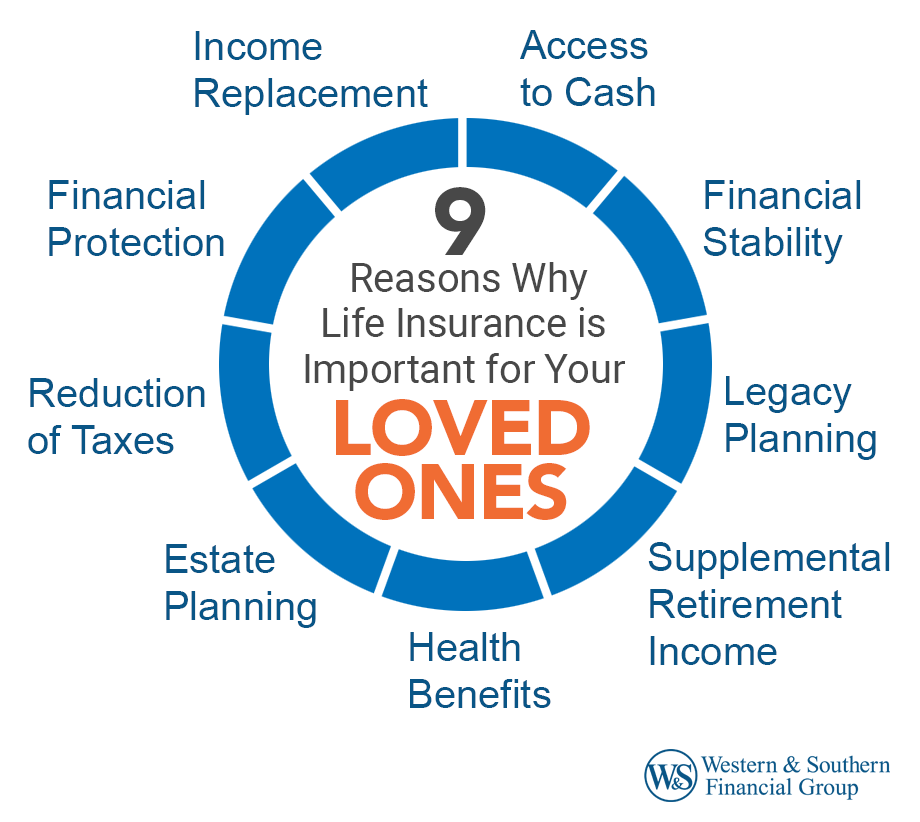The Buzz on Pacific Prime
The Buzz on Pacific Prime
Blog Article
Rumored Buzz on Pacific Prime
Table of ContentsThe Greatest Guide To Pacific PrimeFacts About Pacific Prime UncoveredPacific Prime Things To Know Before You Get ThisGet This Report about Pacific PrimeThe Only Guide to Pacific Prime
:max_bytes(150000):strip_icc()/basics-to-help-you-understand-how-insurance-works-4783595_final-9cf74d5b66d14f88a21ab29ddb290e2d.png)
This is because the information were accumulated for a period of solid financial performance. Of the approximated 42 million individuals who were uninsured, almost about 420,000 (regarding 1 percent) were under 65 years old, the age at which most Americans become qualified for Medicare; 32 million were grownups between ages 18 and 65, about 19 percent of all grownups in this age group; and 10 million were youngsters under 18 years of age, about 13.9 percent of all kids (Mills, 2000).
These price quotes of the number of persons without insurance are generated from the annual March Supplement to the Present Populace Study (CPS), carried out by the Demographics Bureau. Unless or else noted, national quotes of individuals without health insurance coverage and percentages of the populace with various kinds of protection are based upon the CPS, one of the most extensively made use of source of quotes of insurance policy protection and uninsurance prices.
The Ultimate Guide To Pacific Prime

Still, the CPS is specifically valuable due to the fact that it generates yearly quotes fairly swiftly, reporting the previous year's insurance policy coverage estimates each September, and since it is the basis for a constant set of estimates for greater than two decades, enabling analysis of trends in insurance coverage with time. For these factors, in addition to the considerable usage of the CPS in other research studies of insurance policy coverage that exist in this record, we depend on CPS quotes, with restrictions kept in mind.

The quote of the variety of uninsured individuals broadens when a population's insurance policy condition is tracked for several years. Over a three-year duration beginning early in 1993, 72 million individuals, 29 percent of the U.S. https://filesharingtalk.com/members/594499-pacificpr1me. population, were without coverage for at the very least one month. Within a single year (1994 ), 53 million people experienced a minimum of a month without protection (Bennefield, 1998a)
Six out of every 10 without insurance adults are themselves employed. Functioning does enhance the likelihood that one and one's household members will certainly have insurance coverage, it is not a guarantee. Also members of family members with two permanent breadwinner have almost a one-in-ten opportunity of being uninsured (9.1 percent without insurance rate) (Hoffman and Pohl, 2000).
Pacific Prime for Beginners
New immigrants make up a significant proportion of individuals without medical insurance. One analysis has actually connected a significant part of the current development in the size of the U.S. without insurance populace to immigrants who arrived in the country in between 1994 and 1998 (Camarota and Edwards, 2000). Current immigrants (those that concerned the USA within the previous 4 years) do have a high price of being uninsured (46 percent), however they and their youngsters make up just 6 percent of those without insurance country wide (Holahan et al., 2001).
The partnership in between medical insurance and accessibility to care is well developed, as documented later in this chapter. The partnership in between wellness insurance policy and wellness end results is neither straight neither simple, a considerable clinical and health and wellness services research literature links health insurance policy protection to enhanced access to care, better top quality, and enhanced personal and population redirected here wellness condition.
Levels of analysis for examining the results of uninsurance. This discussion of medical insurance protection focuses largely on the united state population under age 65 because practically all Americans 65 and older have Medicare or other public insurance coverage. Moreover, it focuses especially on those with no medical insurance for any type of length of time.
The Main Principles Of Pacific Prime
The issues encountered by the underinsured are in some areas comparable to those dealt with by the uninsured, although they are usually less extreme. Wellness insurance, however, is neither necessary neither adequate to gain accessibility to clinical services. The independent and straight impact of health insurance policy protection on access to wellness services is well developed.
Others will get the healthcare they require even without health insurance policy, by paying for it expense or seeking it from carriers that offer treatment totally free or at very subsidized rates. For still others, health insurance policy alone does not guarantee invoice of care as a result of other nonfinancial obstacles, such as a lack of wellness care suppliers in their community, minimal access to transport, illiteracy, or etymological and cultural distinctions.
Some Of Pacific Prime
Official study about uninsured populations in the United States dates to the late 1920s and early 1930s when the Committee on the Price of Healthcare generated a collection of records regarding financing doctor workplace brows through and hospitalizations. This problem came to be prominent as the numbers of clinically indigent climbed throughout the Great Anxiety.
Report this page